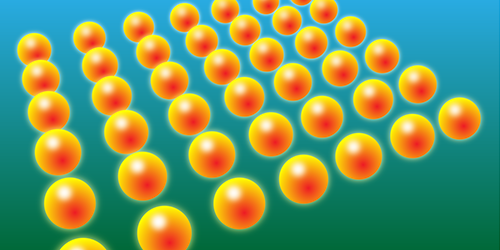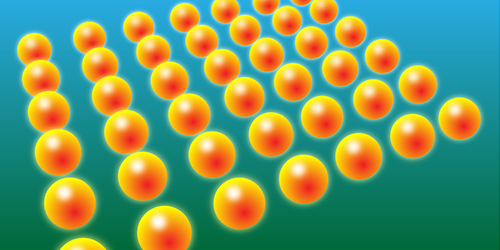Grounding the Hubbard Model
Quantum computing evokes the idea of a general-purpose quantum desktop machine. But a more realistic application may lie in quantum simulation. This involves using one quantum system to simulate another, providing a way to explore problems intractable with classical computers. Dave Wecker from Microsoft Research, Washington, and co-workers propose a step-by-step recipe to determine the otherwise difficult to calculate ground state of models of strongly interacting electrons in solids using quantum simulation. When applied to a real simulator, the recipe may help advance our understanding of strongly correlated materials such as high-temperature superconductors.
The researchers focus their study on the Hubbard model—the simplest model of interacting electrons in a lattice. The model has long been used to describe strongly correlated phenomena in condensed-matter physics. Their recipe, which maps the model’s states of interacting electrons onto the states of a quantum simulator based on interacting qubits, comprises three main steps. First, starting from different initial states, corresponding to different phases of matter, the simulator is smoothly (adiabatically) taken to an approximate ground state. Second, it performs an algorithm to find the true ground state from this approximate state. Third, measurements are made on the simulator to extract information about the ground state, such as particle-particle correlations. This information is used to determine the nature of the ground state. Crucially, the authors describe the complete set of qubits and logic gates needed to implement their approach.
This research is published in Physical Review A.
–Ana Lopes





